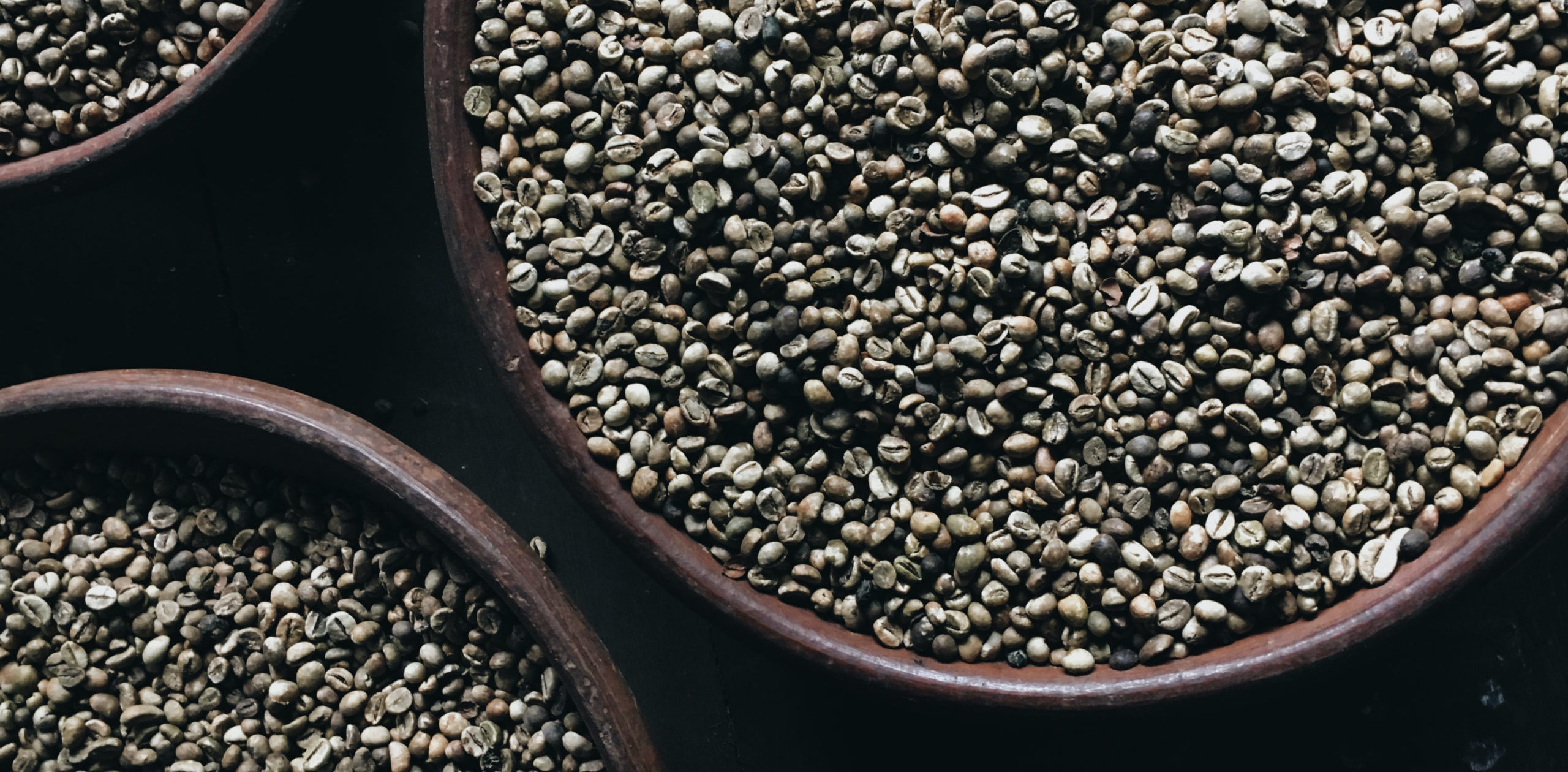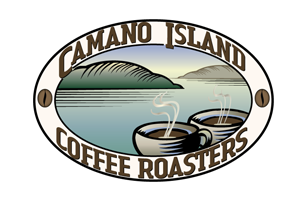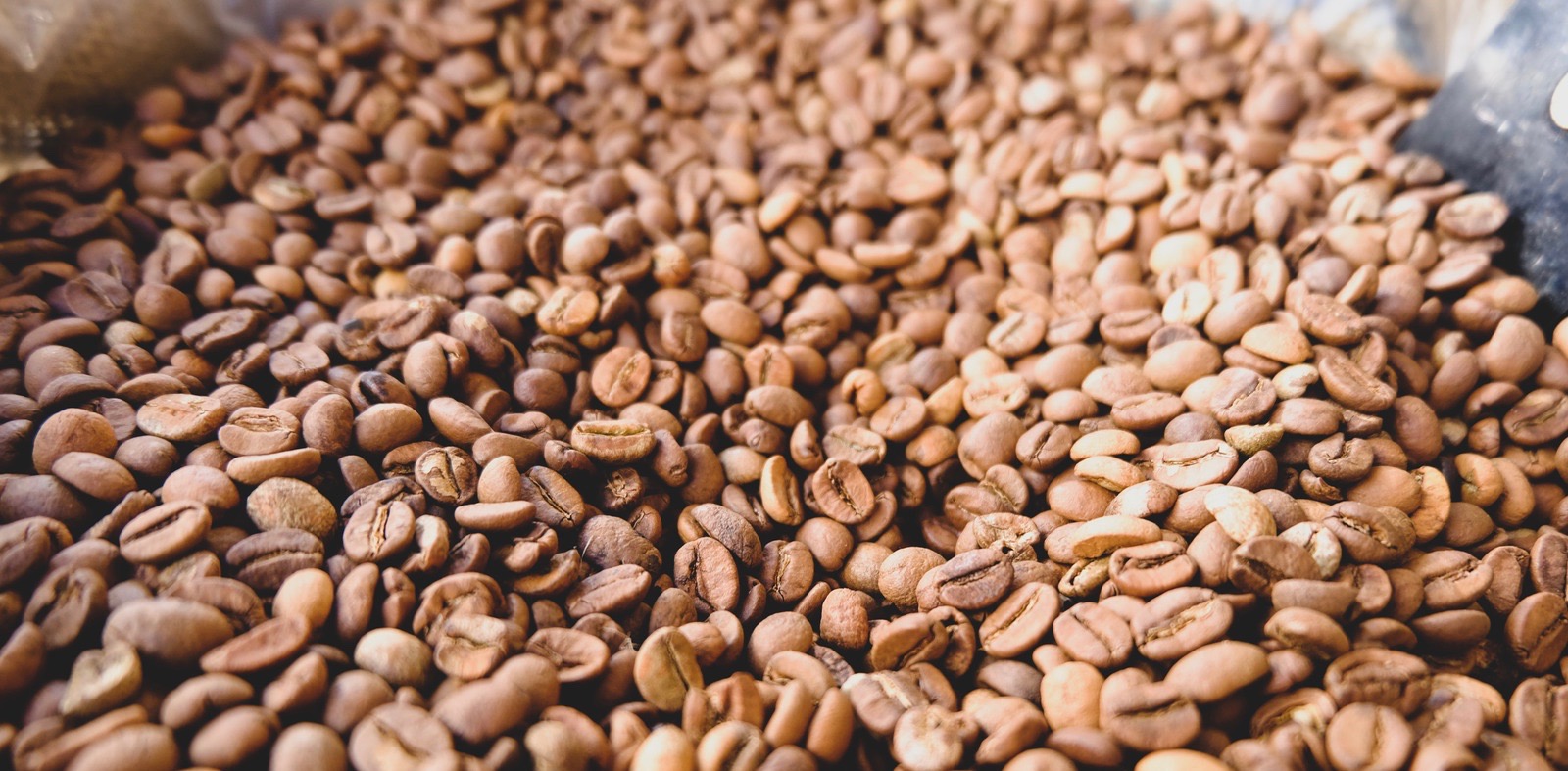
7 Interesting Facts about Coffee Growth Around the World
Coffee is a popular commodity in the United States. As a matter of fact, we spend $40 billion dollars on coffee each year. Have you ever wondered where the coffee comes from and why it matters? Coffee plants prefer warm, wet climates, and some of the tastiest coffee is grown at high altitudes. Let’s discover 7 interesting facts about coffee grown around the world.
1. The Coffee Plant Originated in Ethiopia
The province of Kaffa in Ethiopia is where the first coffee trees grew, and Kaffa is where coffee got its name. The coffee trees grew wild in the forest and natives were familiar with the fruit and often drank tea from the beans. Coffee still grows wild in Ethiopia, and it’s currently one of Africa’s largest coffee producers.
2. Coffee is the Seed of a Cherry
The coffee tree grows fruit referred to as a “cherry.” Coffee beans are actually the pit of that cherry. When the cherries are dark red, they’re ready to be harvested. The cherries are either picked by hand or by a machine, and then the pit or green coffee bean is separated from the fruit and dried before being shipped for roasting and selling.
3. Strong Coffee is Created During Brewing Not Roasting
Brazil has been the largest coffee exporter for the last 150 years. The coffee plant was brought from Ethiopia to Brazil in the 18th century. By the 19th century, Brazilian coffee was prevalent in both Europe and the United States, making coffee a bigger commodity than sugar for Brazil.
4. There are Only Two Commercially Cultivated Varieties of Coffee
Even though there are over 60 varieties of coffee, only two are commercially cultivated and sold around the world. The two types are Arabica and Robusta. Arabica is better tasting, higher quality coffee. It’s the choice for most coffee establishments. Robusta beans are easier to grow and cheaper to buy, but they also have a higher content of caffeine giving the coffee a bitter taste.
5. The Sale of Coffee Supports 25 Million Farmers Worldwide
Most coffee farms are in underdeveloped countries, and 25 million farmers depend on income from the sale of their coffee crop. That’s why it’s important to buy fairly traded organic coffee. When you buy fairly traded coffee, you’re supporting fair wages for farmers, better working conditions, and a better life for their families and community. It also encourages environmentally-friendly farming practices. So, when you buy coffee online or from your favorite coffee shop, be sure to choose fairly traded varieties.
6. Higher Elevation Produces Harder Coffee Beans
Many coffee connoisseurs claim that coffee grown at higher altitudes is more complex and delicious. The truth is, coffee plants grown at a higher elevation produce harder coffee beans. Coffee grown in high altitude tends to mature slowly, developing more character, depth of flavor and a higher sugar concentration. This improves the flavor profile of the coffee bean. So maybe those experts are right about coffee from mountain regions.
7. Bees Like Coffee Too
It’s true! People aren’t the only coffee lovers. Honey bees are attracted to the flowers on coffee trees. When they feed on the nectar of the coffee flowers, they ingest small amounts of caffeine. The effect of caffeine on bees is similar to the effect on humans. It gives them an energy boost, improving concentration and performance.

This is one more important reason to choose organic coffee. Organic coffee is grown without the use of harmful pesticides, which can harm bees and other insects. Camano Island Coffee promises to offer the highest quality organic fairly traded coffee online. It’s our goal to change the world, one coffee cup at a time by protecting the planet and providing fair wages to coffee farmers.

